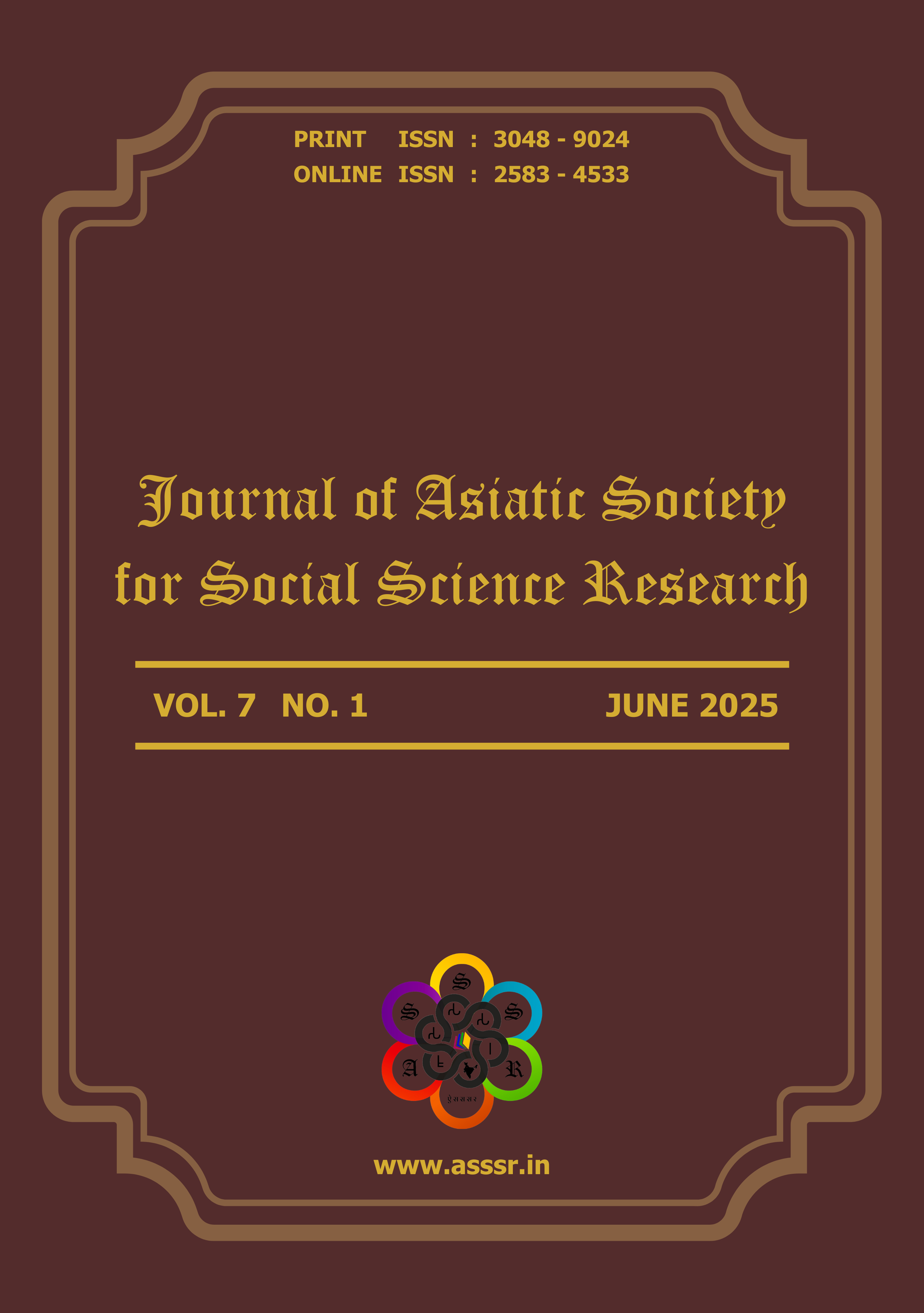Unraveling Motives
Reassessing the Abolition of Sati in Colonial India
Keywords:
Sati, Colonialism, Colonial History, Colonial India, British East India Company, Lord William BentinckAbstract
This article critically investigates the 19th-century abolition of Sati in colonial India, a watershed moment in social reform and British intervention. The ritual, where widows immolate themselves on their husband's funeral pyres, faced opposition from the British East India Company, culminating in the 1829 official prohibition led by Governor-General William Bentinck. While commonly portrayed as a triumph of humanitarian principles over perceived savagery, this paper aims to deconstruct an excerpt from Bentinck's discourse on the suppression of Sati (8th November 1829) to unravel the layers of the official narrative. It challenges the dominant humanitarian discourse by exploring the multifaceted motivations behind this historic decision. The abolition, often framed within the broader mission of 'modernisation' and the white man's burden to civilize is scrutinized for its contested narratives and complex motives. Even amidst critiques of colonialism acknowledging positive impacts on women's lives, the article unveils a nuanced understanding of the abolitionist's true intentions. Utilizing a systematic approach, the analysis encompasses historical context, considerations of authorship and reception, and power dynamics within the colonial source, contributing to a more comprehensive comprehension of the intricate forces shaping this transformative historical episode.
Additional Files
Published
How to Cite
Issue
Section
License
Copyright (c) 2025 Journal of Asiatic Society for Social Science Research

This work is licensed under a Creative Commons Attribution-NonCommercial-NoDerivatives 4.0 International License.
All right reserved.


